The curious fate of motorcycling’s most iconic brand
Roaming the swap meet of the 2025 Barber Vintage Motorcycle Festival in October, I was chatting up a vendor who had various rusty and dusty old parts scattered about on several tables. As we talked, I rummaged, then suddenly stopped in my tracks over a part that arrested my attention. The part had the following stamped into it-
VINCENT
industrial power
STEVENAGE
Hertfordshire
England
I inquired as to what he knew about the part, and the vendor explained, “When Vincent ceased motorcycle production in the mid-1950s, the company kept manufacturing small displacement engines, for everything from small boats to lawn mowers. This is a casting from one of their lawn mower engines, I believe.” We haggled for a moment, and I bought the part, if for no other reason but the Vincent logo and inscription. It fascinated me, and sent me down a rabbit hole of moto-history I knew nothing about.
The part I bought, that soon sent me down the rabbit hole of Vincent history.
Vincent Motorcycles was established in 1928 when a young man named Philip Vincent purchased the assets of the then-defunct HRD company, for 450 British pounds. He renamed it Vincent HRD Company Ltd., and a legend was (re)born. First using JAP or Rudge engines, by 1934 Vincent began building their own engines, starting with a 499cc Comet model and soon a 998cc Series A Rapide, among others.
During the Second World War, Vincent switched production to armaments, yet Mr. Vincent and his partner/friend Phil Irving continued designing motorcycle engines in preparation for post-war production, specifically the Series B twin cylinder motor with an integral gearbox. Once the war was over, the guys developed the engine further, and shoehorned it into two soon-to-be iconic motorbikes, the Black Shadow and the Black Lightning.
A pristine Vincent Black Shadow Series C, on display at the Throttlestop Museum in Elkhart Lake, WI. Photo by Throttlestop.
In many ways, Vincent’s motors and motorcycles were ahead of their time. Vincent developed the cantilever rear suspension, among other innovations, and the brand’s bikes became synonymous with speed and refinement. The Black Shadow took the world by storm, and is still considered to be Vincent’s most well-known and iconic model. Not stopping there, in 1948 the company released the Black Lightning, a racing variant capable of speeds over 150 mph, unheard of in that era. Rollie Free immortalized the Black Lightning in his famous “bathing suit” Bonneville Salt Flats run that year.
Alas, land speed records and engineering brilliance couldn’t overcome high production costs and a shrinking postwar motorcycle market, especially in export–heavy regions like North America. A brief partnership with German NSU saw Vincent-branded lightweight motorbikes like the Fox 125 come to market, and Vincent even sold a 48cc bicycle with a clip-on motor for a few years, known as the Firefly. But by Christmas of 1955, Vincent was forced to shut down their motorcycle production. Yet rather than close their doors altogether, the company pivoted into a new direction- Vincent Industrial Power.
A Vincent-powered Rapier mower, previously owned by legendary racer John Surtees, on display at Barber Vintage Motorsports Museum. Photos by Joe Avila/Barber Vintage Motorsports Museum.
Vincent turned to general engineering, manufacturing small displacement engines, mechanical pumps, and agricultural motors. Most notably, the company developed and sold small 50cc and 75cc two-stroke single cylinder engines, used in the Rapier Rotary Lawn Mower and a precursor to the modern Wave Runner and Sea-Doo, known as the Amanda Water Scooter. More on that shortly.
The Rapier mower motor was distinctly Vincent. It sported a braided fuel line with an in-line filter, a small Amal carb and side facing filter pod, and a Monzo fuel cap atop the steering handle which itself served as the gas tank, among other innovations. The Vincent Industrial Power inscription was stamped/cast in the top housing. Beautiful machines, they were ultimately too expensive to manufacture, and Farmfitters, the UK company that built Rapiers, ceased production of them in short order.
Note the Amal carb with filter pod, and the steering handle which also held the fuel. Photos by Joe Avila/Barber Vintage Motorsports Museum.
Vincent constructed an early personal watercraft called the Amanda Water Scooter, powered by a 100cc version of their 75cc two-stroke mill. They even built and tested a 200cc twin in the Amanda, but a Vincent engineer died during testing, drowning at sea, and the whole Amanda project was soon scuttled. Vincent went into receivership in 1959, with the name, assets, and motorcycle component manufacturing rights being bought by a local company, Harper Engines of Stevenage. Over the years, it’s been bought and sold numerous times by engineering firms, and the name has been tacked onto many one-off motorbikes, like the Norvin, Egli-Vincent, and Vincent RTV, to name a few.
The Amanda Water Scooter, also at Barber Vintage Motorsports Museum, powered by a small Vincent 100cc single. Note the engine casing in photo 2, and the pull start & exhaust in photo 3. The Amanda made 2.1 hp, topping out about 15 mph. Photos by Joe Avila/Barber Vintage Motorsports Museum.
The Vincent mower engine top casting I bought at Barber now resides on my editor’s desk among other artifacts, both family-personal and motorcycle-historic. I love this little piece of motorcycle history, even if it’s not off an old Vincent motorbike. It reminds me of the fascinating twists and turns history can take, and how “chasing a rabbit down a hole” can yield amazing insights one never knew before. It’s too bad Vincent didn’t survive as a premier motorcycle brand, but a little piece of their legacy sits atop my desk now, and I definitely cherish it.
Rob
*Huge thanks to Matthew Miles, Brian Slark and Joe Avila of Barber Vintage Motorsports Museum for the research and photos of the mower and Amanda included in this article, as well as Throttlestop Museum for the Vincent motorcycle photos.



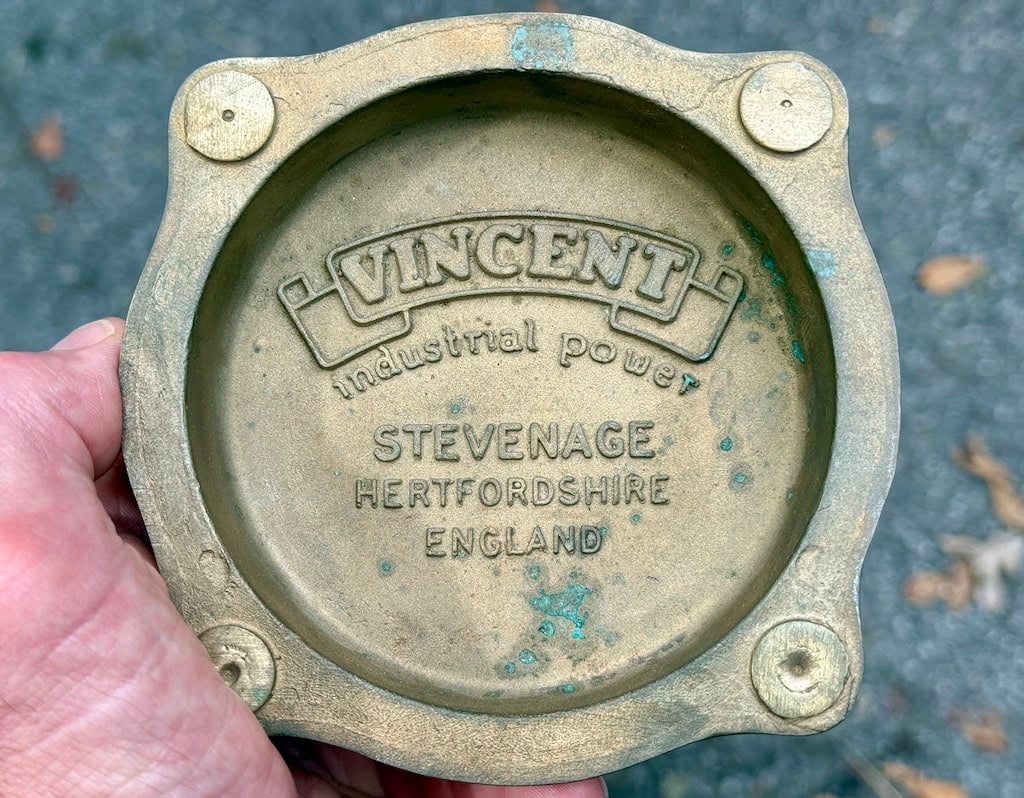

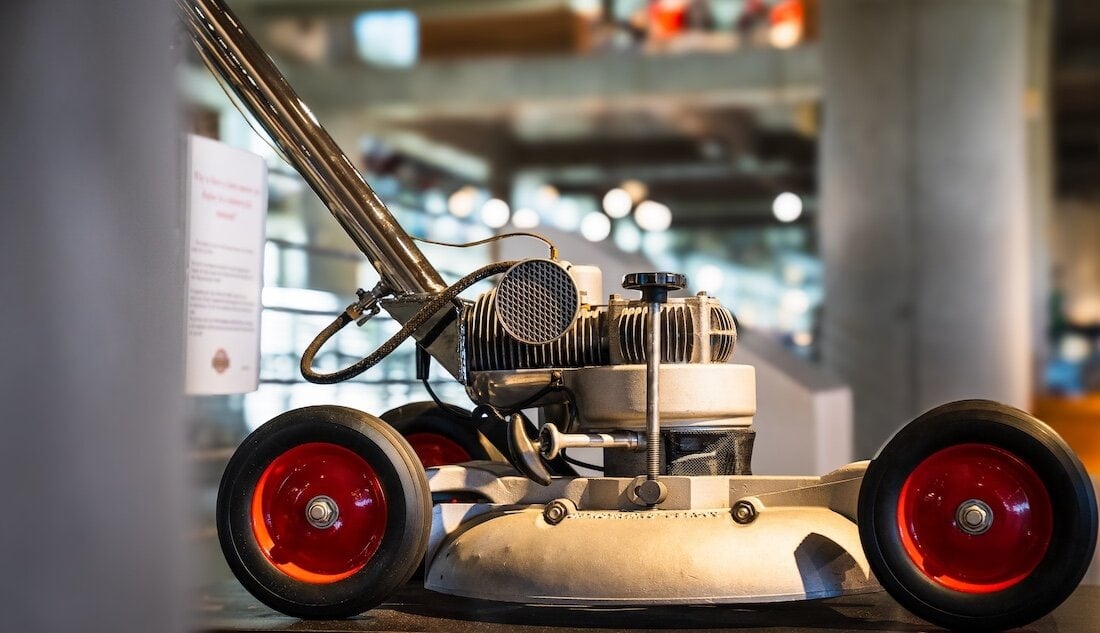
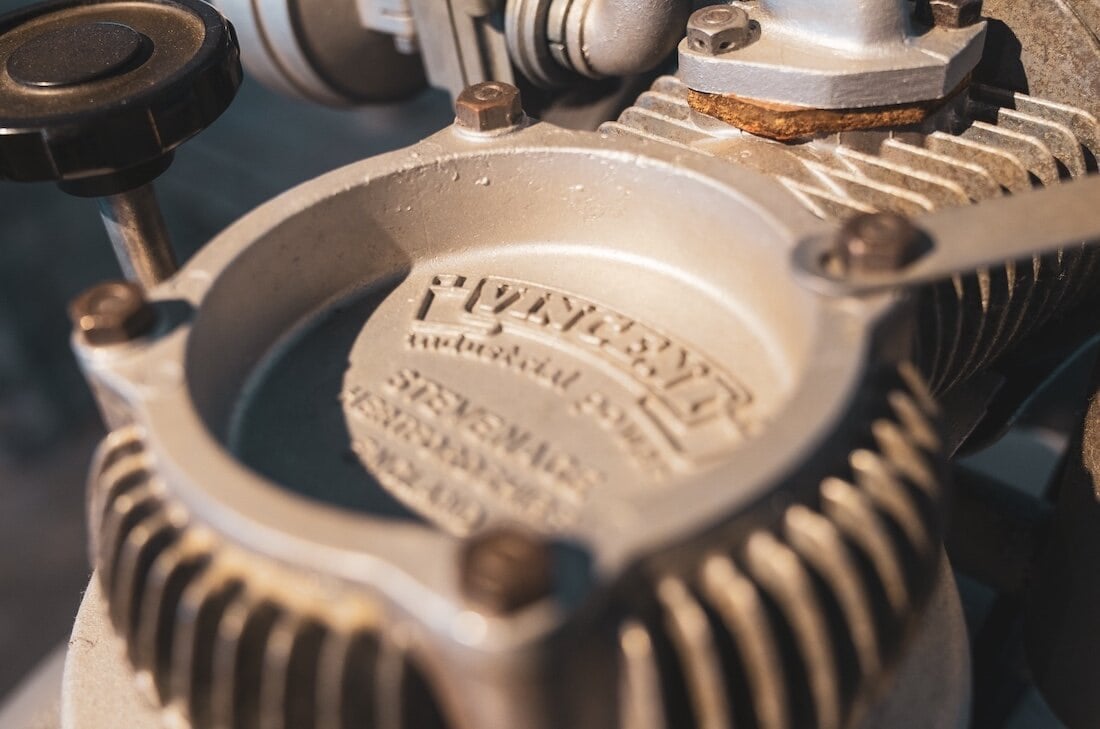
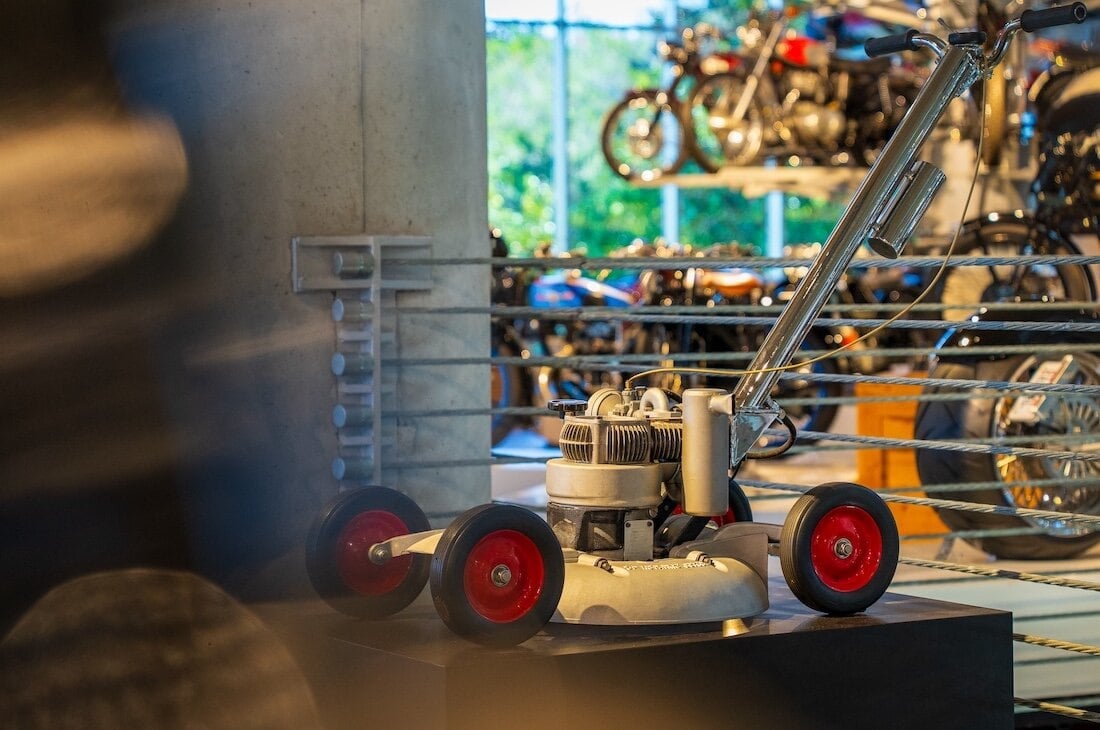

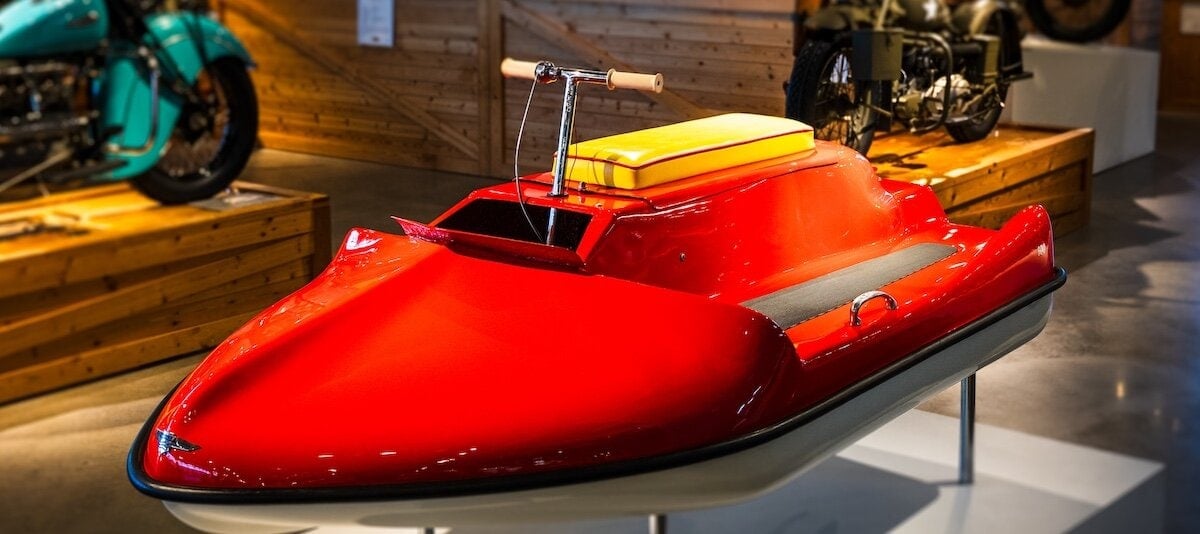
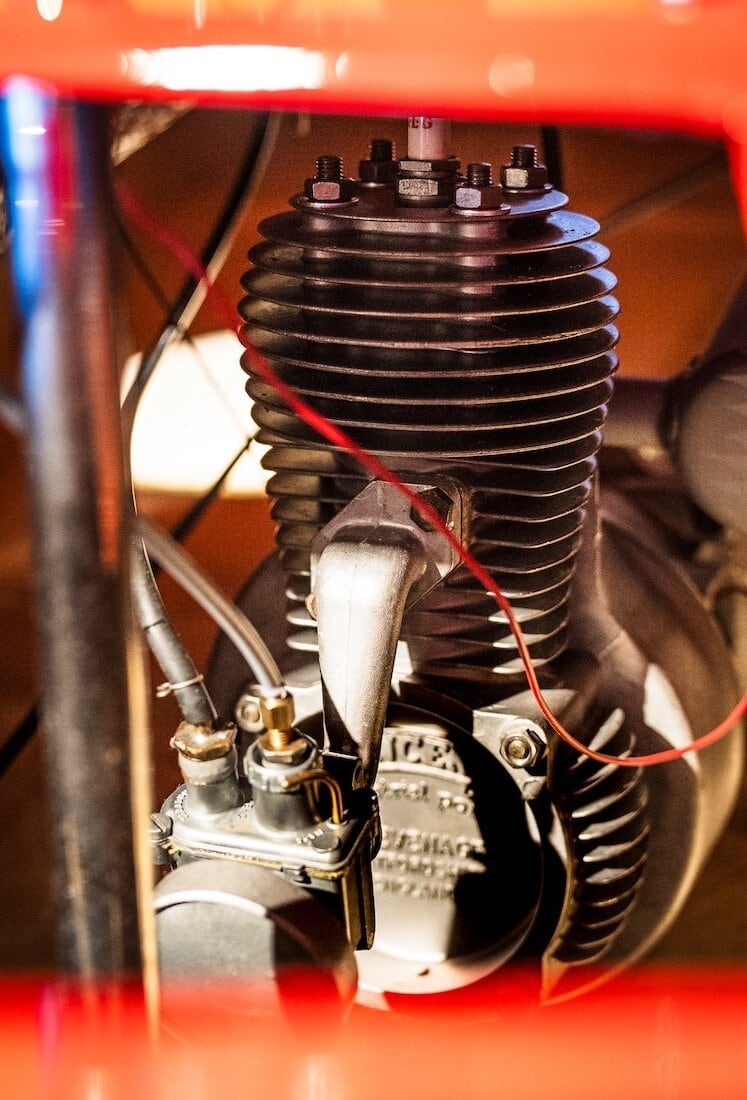
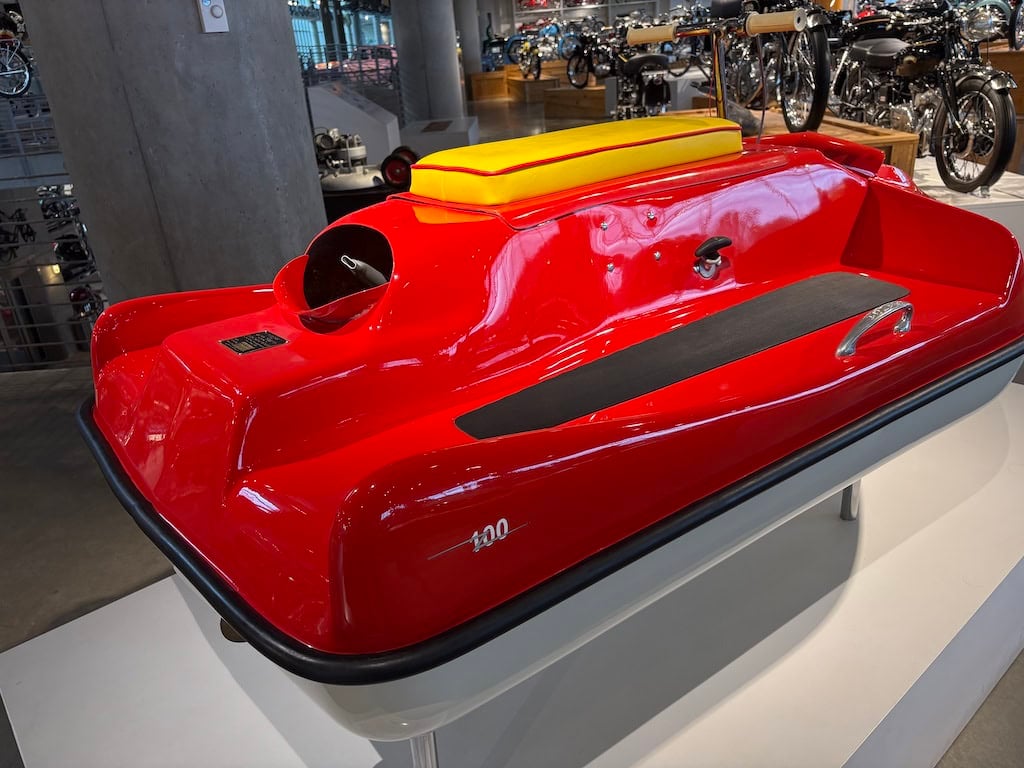










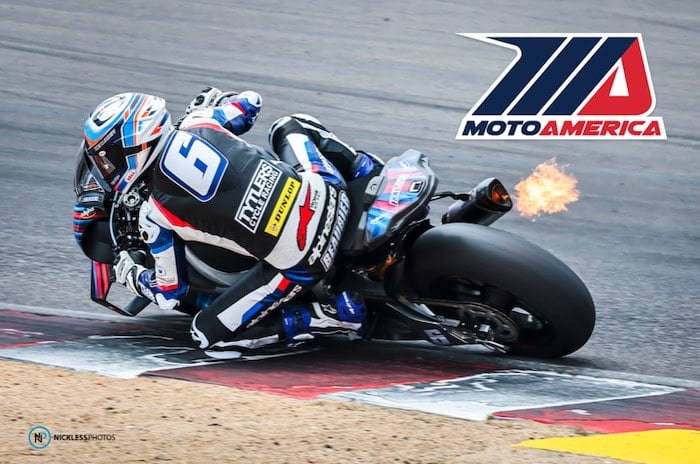



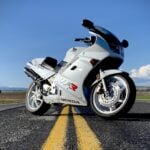


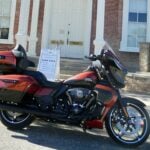


Nice piece, Rob. Among true enthusiasts, Vincent has almost mythical status, similar to Brough and maybe one or two other brands that have faded into legend. That they run and roar only in motorcycle heaven is tragic. What old school biker wouldn’t sell their mother for a Black Shadow or Lightning?
Thanks JP. History always fascinates me, adding context to knowledge. Vincent, Matchless, Brough, Excelsior, so many icons have passed into legend.